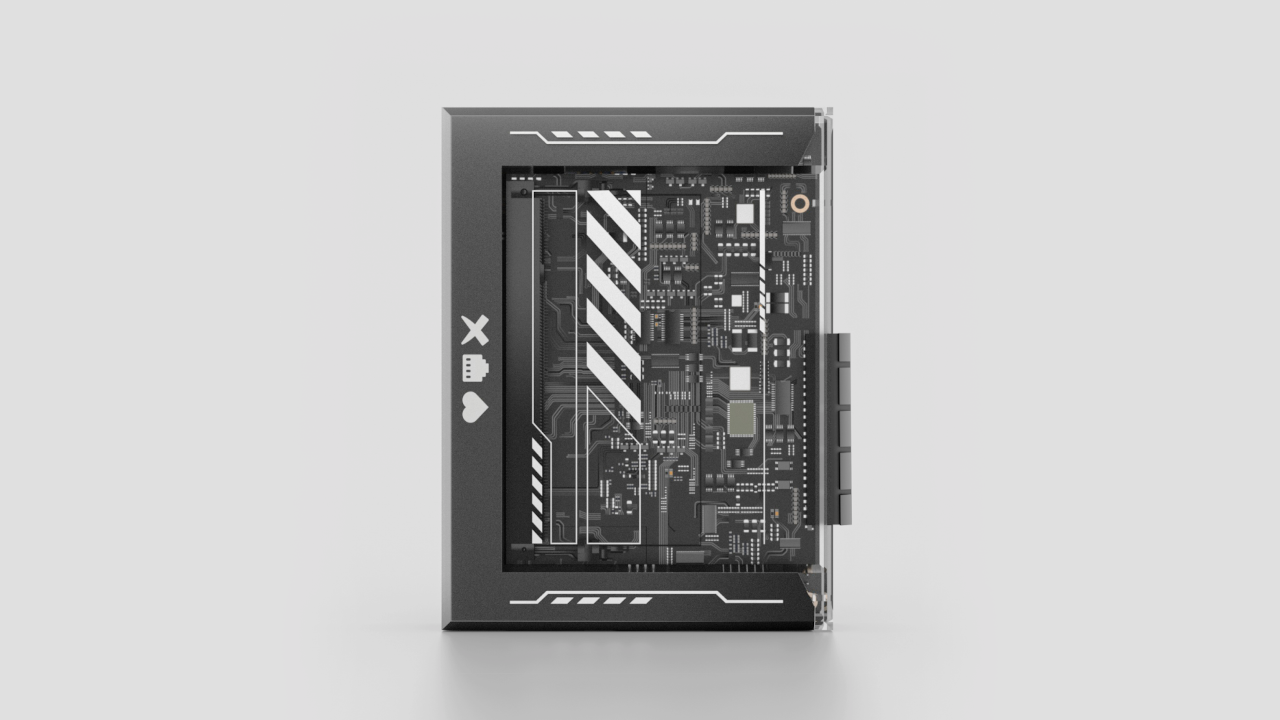
Zima Blade: A Tinkerer's Paradise? 🤔
In this in-depth, unscripted review, we’re cracking open the box of the Zima Blade, a new entry in the mini PC market. We’ll explore whether it’s a game-changer for hobbyists, DIY enthusiasts, and budget-conscious consumers, or simply another overhyped gadget.
Design and Build Quality 👀
The Zima Blade sports a compact, lightweight plastic chassis. While some might prefer a more premium feel, the plastic construction contributes to its portability and keeps costs down. It features easy-access dupont headers for power and reset buttons, catering to the tinkerers who might integrate it into custom enclosures. However, the lack of a dedicated power button is a minor oversight for everyday use.
Performance 🔋
The Zima Blade prioritizes energy efficiency over raw processing power. While the specific CPU, RAM, and storage configurations aren’t explicitly stated (check with the manufacturer for available options), benchmarks suggest it’s capable of handling basic tasks like browsing the web, streaming media, and running productivity applications. It’s not designed for heavy gaming or video editing, but that’s not its target audience.
Accessorizing 🎁
This is where the Zima Blade truly comes alive. Its strength lies in its customizability. The inclusion of a PCIe slot opens doors for expansion. You can add a 10GbE network card for blazing-fast file transfers, a graphics card for light gaming or media acceleration, or even a custom AI accelerator card for specific projects.
Furthermore, the Zima Blade boasts dual SATA III ports, making it a compelling base for building a Network Attached Storage (NAS) solution. With its low power consumption and silent operation, it’s ideal for keeping your personal media library accessible from anywhere on your network.
On the software side, the Zima Blade is compatible with a variety of operating systems, including Linux distributions like Ubuntu and Debian, giving tinkerers the freedom to experiment and create unique setups.
Specifications:
While the exact specifications may vary depending on the configuration you choose, here’s a general overview:
Processor: Budget-friendly Intel Celeron or similar options (refer to manufacturer for specifics) RAM: Expandable DDR3L memory (check for supported capacities) Storage: Dual SATA III ports for HDDs or SSDs Connectivity: USB-C power delivery, additional USB ports (consult the manufacturer for details) Network: Gigabit Ethernet port (potential for 10GbE expansion via PCIe) Dimensions: Compact form factor (check manufacturer’s listing for precise measurements)
Conclusion 📊
The Zima Blade isn’t designed to compete with high-performance mini PCs. However, for hobbyists, DIY enthusiasts, and those on a tight budget, it offers exceptional value. Its affordability, expandability, and low power consumption make it a fantastic platform for experimentation, NAS building, and exploring the world of mini PCs.
Do you crave a powerful mini PC for demanding tasks? The Zima Blade might not be the ideal choice. But if you’re a tinkerer, a budding tech enthusiast, or simply looking for a budget-friendly way to build a custom NAS, the Zima Blade offers a compelling feature set that punches above its weight class. Let us know in the comments below what kind of projects you’d tackle with the Zima Blade!
What do you think? Are you excited about the possibilities this mini PC offers? Let us know in the comments! 🗣️ Buy on the official Website